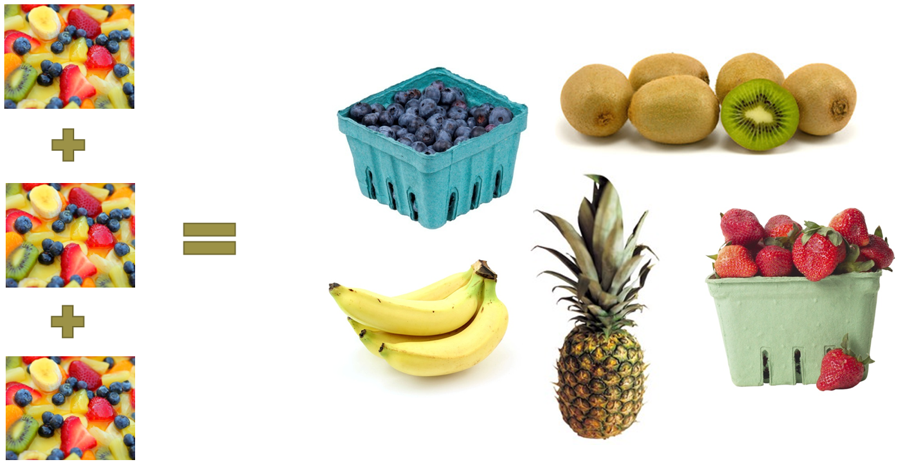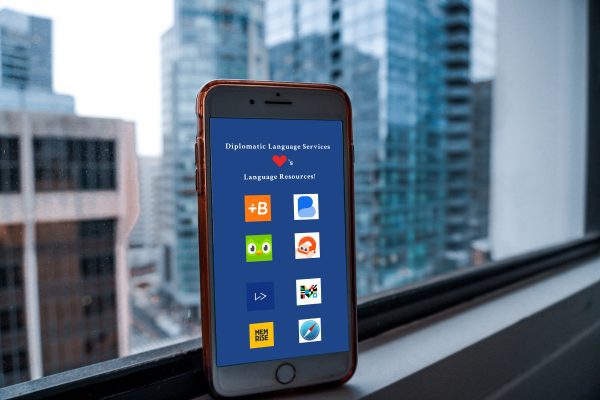Topic vs Language Task
There are many different ways to approach teaching a second language in the classroom. One element to consider in curriculum development methodology is how information is presented: by topic or by language task.
A more traditional language curriculum typically organizes itself by topic. So, you might have a lesson on going to the store or ordering food at a restaurant. In these scenarios, you would learn vocabulary related to those tasks, such as food names and polite phrases. Grammar might include question words and verbs related to eating and preparing food.
Organizing by language task, however, is slightly different. For example, a lesson might focus on asking questions. In this scenario, students would practice asking questions in different context, which could include at the store or ordering food, but could also include meeting new people or in a workplace environment. Vocabulary, then, would not be so topic-oriented; rather, the vocabulary would be focused on the context of these conversations. Grammar might still include question words and verbs, but—like the vocabulary—they are driven by the context of the conversation. So you might learn a few question words used in these dialogues—such as “when” or “who”—but you might not learn others until a later lesson—such as “why” or “how.”
Example
Imagine that one whole piece of fruit represents one entire grammar concept or one set of topic-related vocabulary. For example, a bunch of bananas represents everything you could teach about the present tense or a whole pineapple represents all weather-related words.
In a curriculum that is organized by topic, students would spend a day eating only bananas or pineapples. In a curriculum that is organized by language task, students will not eat an entire piece of fruit at once. Instead, they will receive small portions of different fruits each day: a small helping of a fruit salad.

©Flickr/ Pink Sherbet Photography, Wikipedia/Evan Amos, Flickr/Justus Blumer,
A topic-based curriculum allows students to master one-second language concept before moving on to the next, and it’s what most students and teachers are used to doing. A curriculum based on language tasks might feel more difficult because they aren’t learning all color-related words at once. However, it allows students to transfer vocabulary and grammar to different situations.




